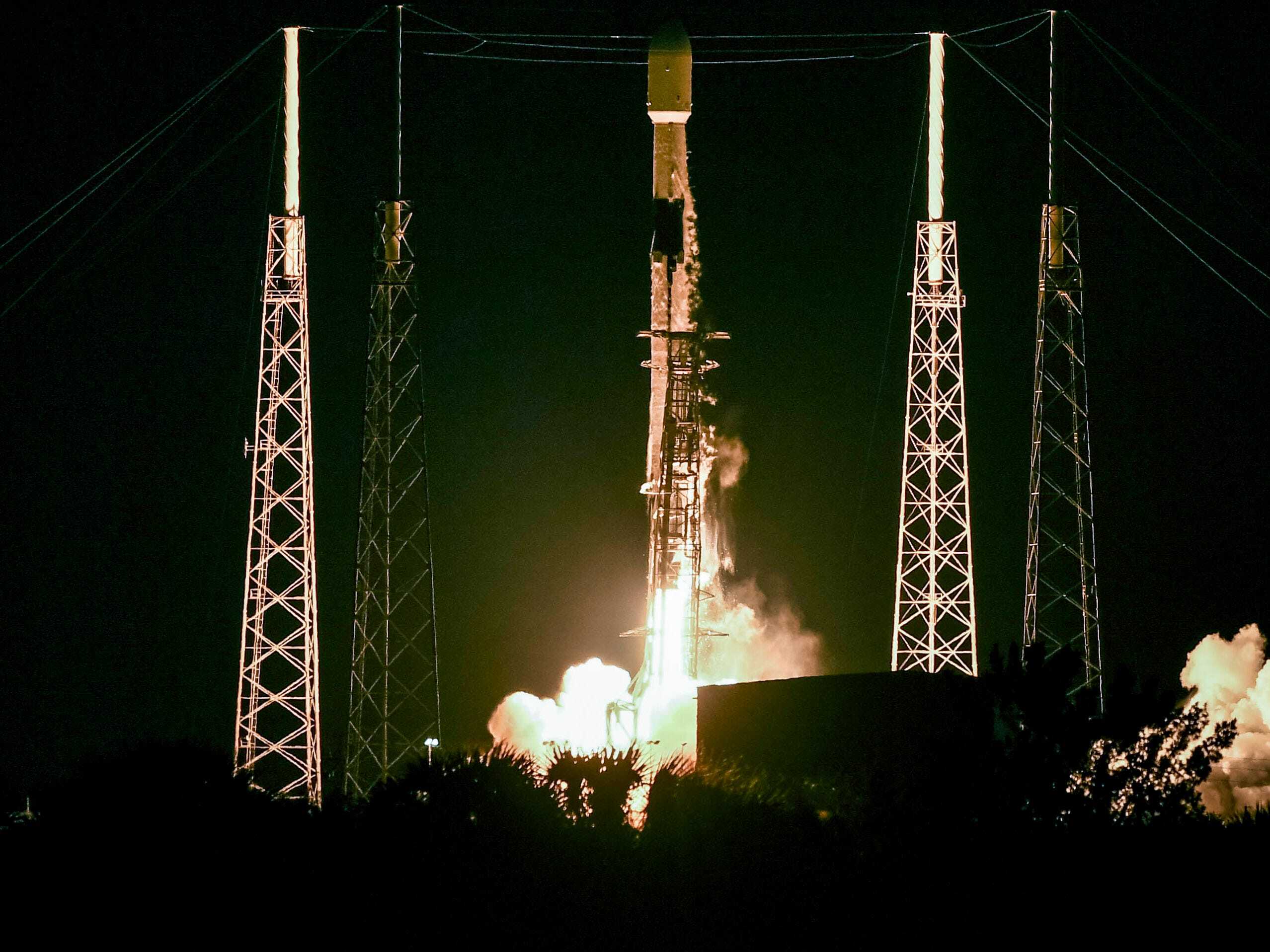20.06.2022

Good things tend to come in threes, at least for SpaceX teams in Florida and California who made three back-to-back launches happen in less than 48 hours.
In a rapid-fire cadence that seems more routine than ever, Cape Canaveral Space Force Station hosted the last of three missions at 12:27 a.m. ET Sunday when a Falcon 9 rocket bolted off the pad at Launch Complex 40. SpaceX said the accomplishment was a record for the company that has flown 160 Falcon 9 missions to date.
On board was Globalstar FM15, a communications satellite for Louisiana-based Globalstar. The company focuses on space-based communications like satellite telephones, tracking devices and data.
Sunday's early launch followed in the wake of another Falcon 9 mission that flew from Vandenberg Space Force Base in California with a German defense satellite labeled SARah-1. That spacecraft, launched at 7:19 a.m. PT, will primarily monitor on-the-ground activity using radar.
Finally, the launch-packed weekend got started with a Friday liftoff of more Starlink satellites from Kennedy Space Center. Falcon 9 delivered 53 more of the internet-beaming satellites to orbit at 12:09 p.m. ET.
All three missions included successful landings. The Vandenberg booster, though, didn't target a drone ship recovery like the Florida-based launches – instead, it successfully touched down at the base's Landing Zone 4.
The Space Coast's next launch is slated for later this month when a Falcon 9 rocket takes more Starlink satellites to low-Earth orbit. An exact date and time are not yet firmly on the calendar, but the mission is expected to fly sometime before United Launch Alliance's next Atlas V launch on Wednesday, June 29.
ULA's flight, named USSF-12, will take two Space Force payloads from the Cape's Launch Complex 41: a primary testbed with Earth-monitoring hardware, known as Wide Field of View or WFOV, along with a secondary ring-shaped spacecraft that will also host test instruments.
Equipped with four solid rocket boosters, Atlas V will fly in one of its more powerful configurations to deliver the payloads to a high orbit some 22,000 miles above Earth. An exact liftoff time has not yet been made available.
Quelle: Florida Today
